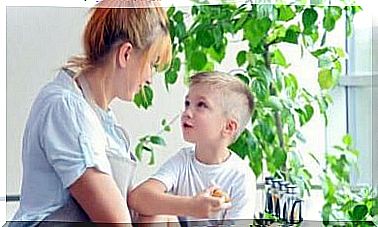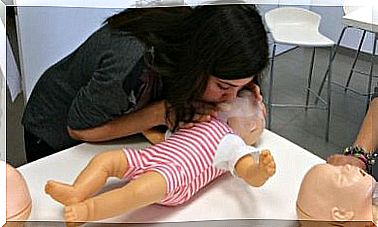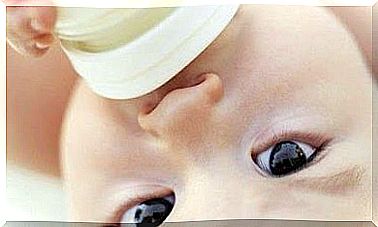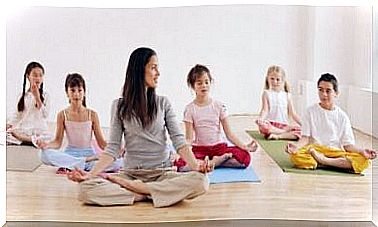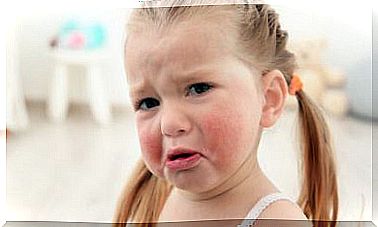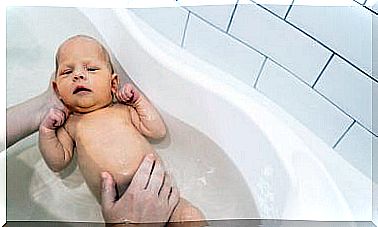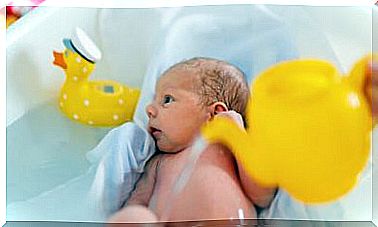The Relationship Between Crawling And Writing

Can you imagine your child climbing a ladder? If he advances step by step, he’ll find it easier to get to the top than if he jumps a few steps, right? Something similar happens in the relationship between crawling and lectowriting. Next, we will explain this correlation.
Two activities that, a priori, may seem so different are, in fact, complementary. Because? Because, as in the case of the stairs, if we go through each step without skipping any, the learning process is easier.
This is the comparison presented by specialist teacher Laura Estremera, who differentiates children’s maturation from their learning process. If we don’t skip any steps in their developmental stage, we will be able to minimize the difficulties during the child’s early years, which are very important for their future.
The learning process and the relationship between crawling and reading
Thus, crawling, which is an achievement that the little one achieves between 9 months and the first year of life, is linked to the assimilation of writing and reading, in the same way as with other important events that the baby will overcome during its initial development.
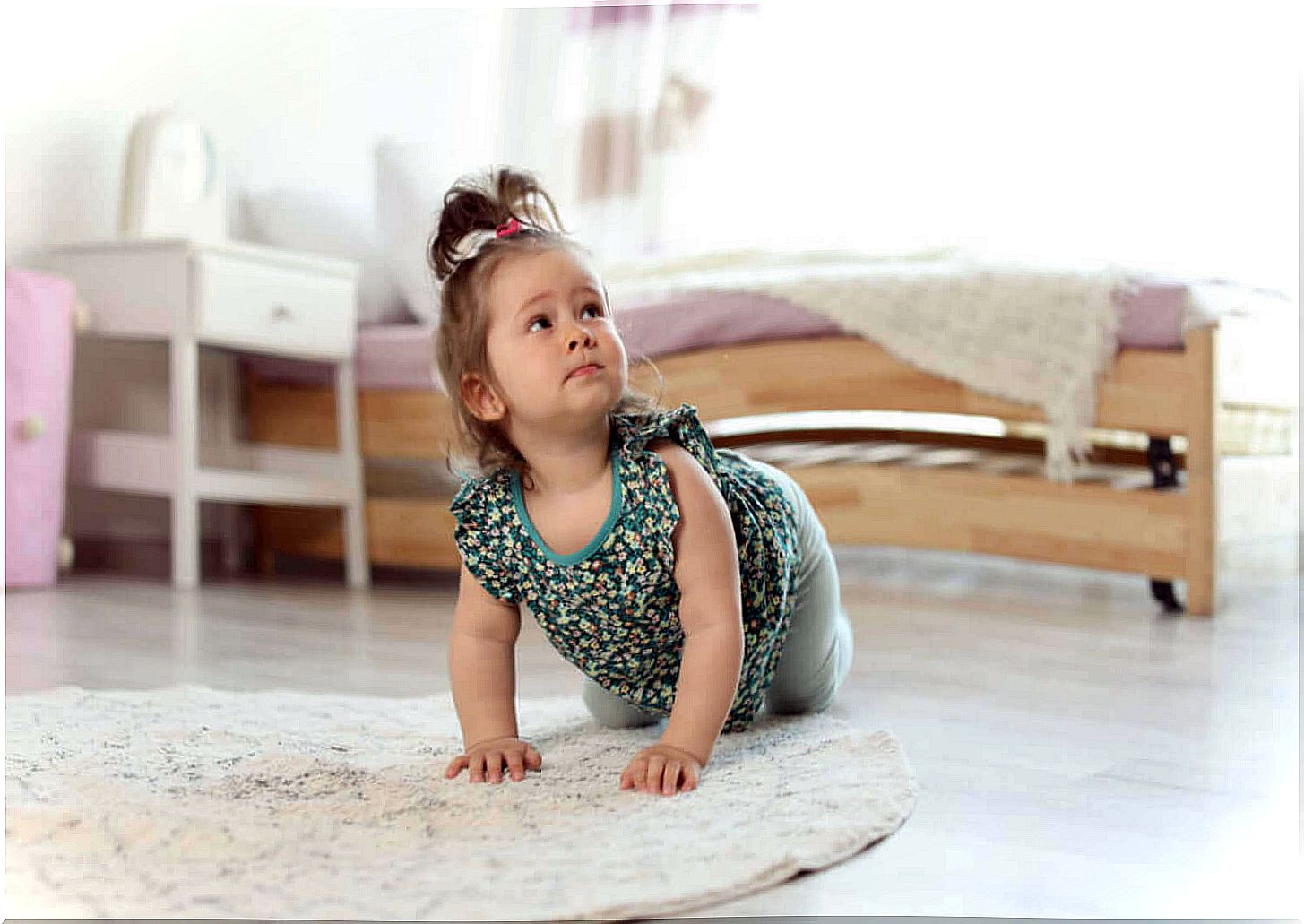
This is because, when the baby crawls, the human brain, with its corpus callosum, communicates both hemispheres and activates the cross movement pattern. Thus, the little one can move both sides of his body simultaneously.
According to teacher Estremera, the child starts with the contralateral crawl. That is, its movement makes use of one arm and the opposite foot simultaneously. Thus, we see the maturation of the brain, which in the future will be related to the child’s learning to read and write and other movements.
Thus, while the crawling phase lasts, the little one works on certain physical and psychological aspects that will mark his future development. For example, stability, fine and gross motor skills, palm touch, strength, etc.
The little one matures the crossed paths in crawling and these are connected to the lateral domain, so that he already uses the hand with which he has more dexterity. Therefore, when the baby already knows how to sit, for example, he starts to learn to make tweezers with his fingers. This movement will be closely related to the use of the pencil when writing, which is held by the thumb and index finger.
Free Movements and Lectowriting
The child, little by little, starts to move more freely and, in turn, develops his exploratory capacity and his vision. This coordination involves using the hand, eyes and whole body, for example, to obtain an object of interest.
With crawling and free movement, the child becomes aware of the space around him, discovering height, depth, distance… All of this allows him to coordinate his eye and hand, a fact that will be very relevant when he starts writing and unify the information received with the final objective, which will be to read or write, as already mentioned.
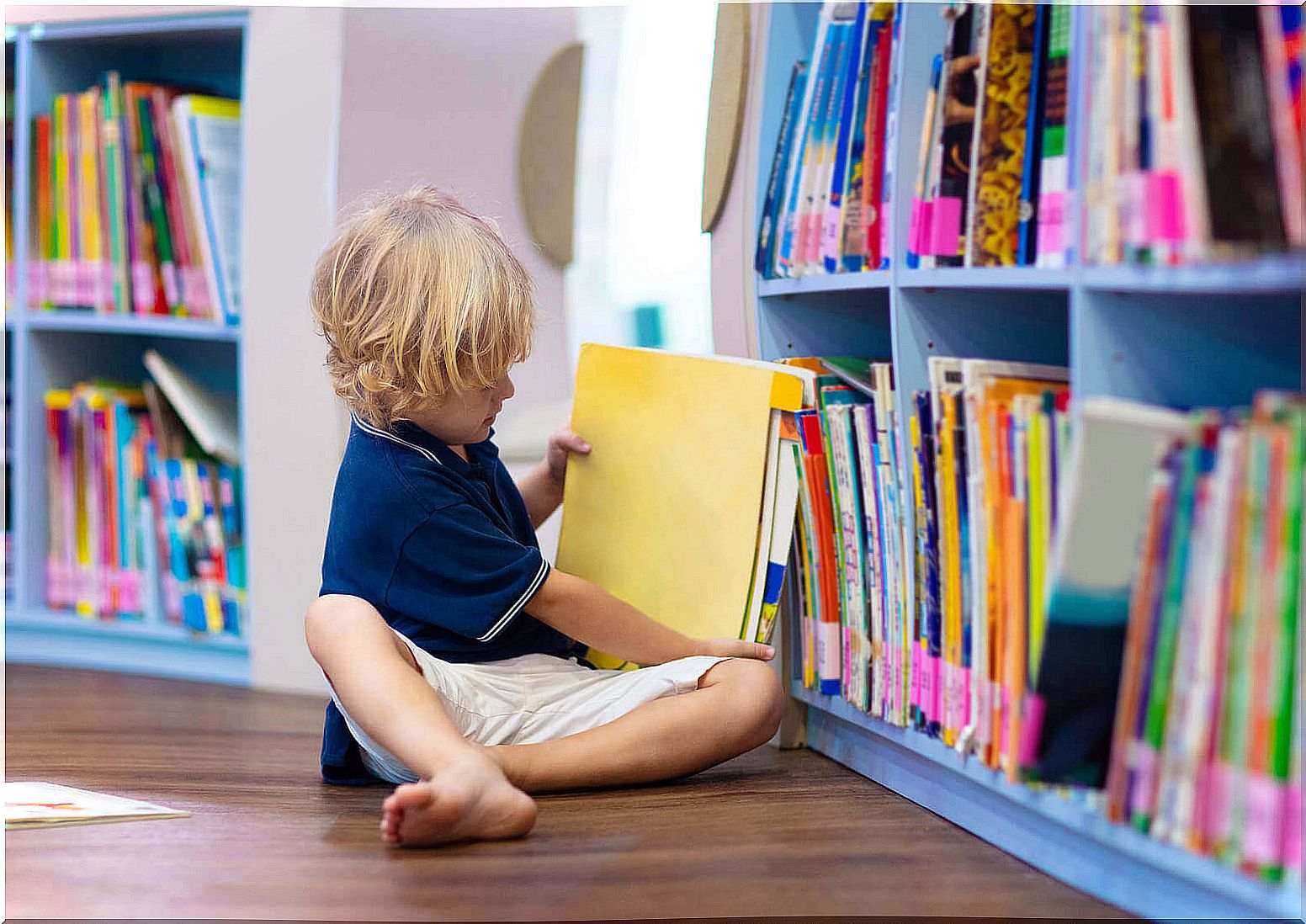
Therefore, crawling, like reading writing, is a maturing process that evolves, so it is not necessary to have an adult present at all times to speed up the process. As pediatric specialist Emmi Pikler says, children learn on their own at their own pace and evolve when they are ready to do so.
It is harmful to want to accelerate the child’s natural learning processes. Thus, both during the crawling phase and later, when the child learns to read and write, if he has climbed all the natural “steps” of his development, he will have the opportunity to deal with both actions in due time with greater ease .
The relationship between crawling and reading writing and non-interference
That said, remember: let the child set their own pace. It is important not to interfere and to follow and guide with respect. It will be the child who, little by little, will ask to learn more.
In the relationship between crawling and lectowriting we find the same situation. The child will first establish some knowledge that, in the future, will be vital for him to continue learning later on into adulthood and beyond.
